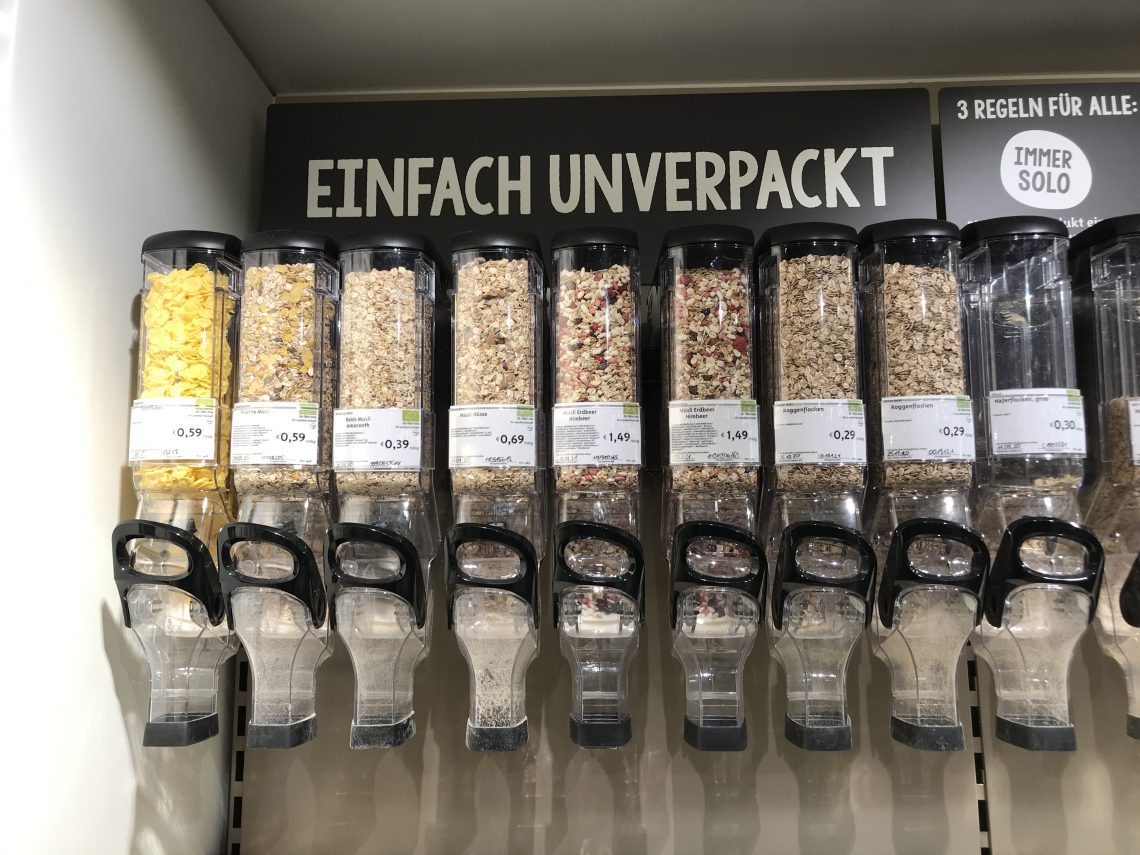
Plastic-free month: how can you do it?
Felix and I have had the idea to have a plastic-free month for a while now. We finally made our wish come true this November. We focused especially on avoiding any plastic food packaging, but we also did not purchase plastic-packed cosmetics or decoration. Living in this way required a lot of adjustments, but the more we paid attention to it, the easier it got.
In this post, I will share some tips which helped us keep our promise. I know very well that this might not be possible for everyone, but keep in mind that every small action matters. Thus, you can decide what fits your lifestyle and try to implement some alterations in it in order to decrease the amount of plastic you use.
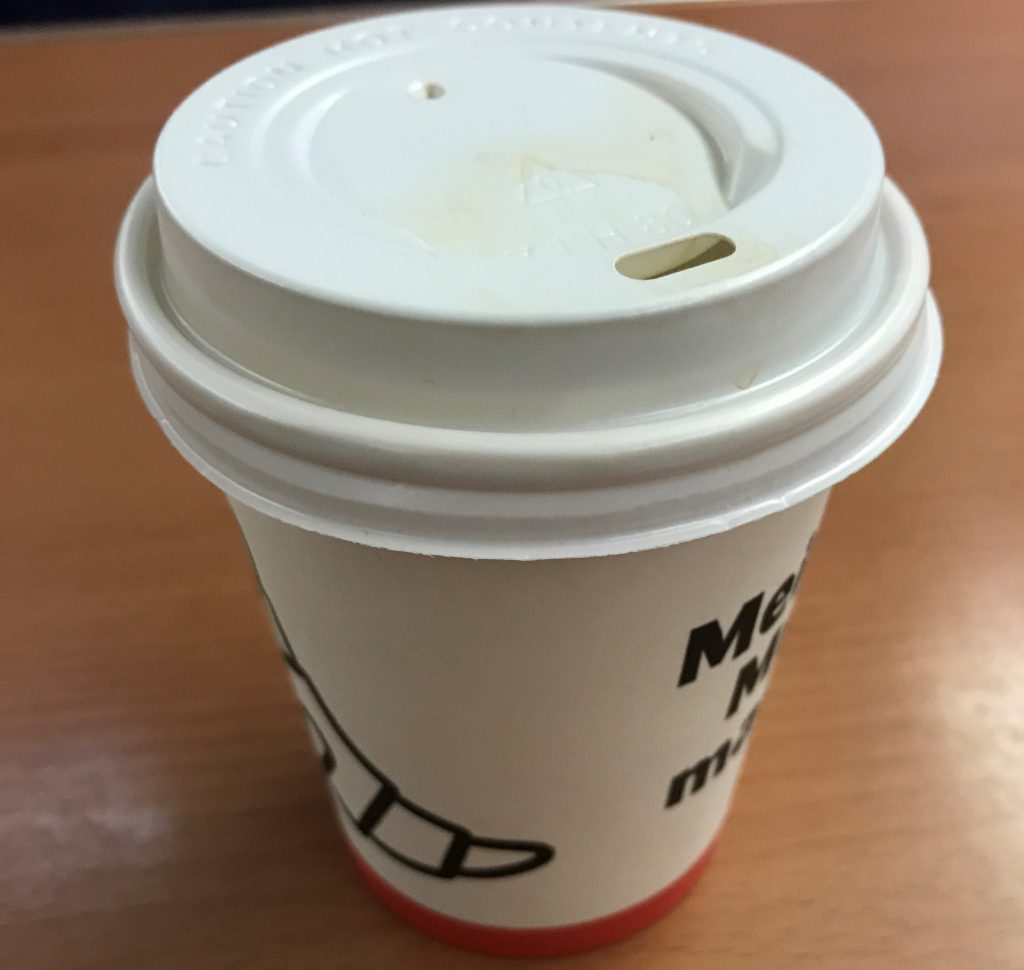 I failed only once: on Thursday, 28th of November I had an early train and since I overslept I did not manage to have my coffee at home. Thus, I bought one in a single-use cup from the train station. I felt so guilty, but the following choice was burdening me: either save myself or save the planet. As every other normal human being, I decided to treat myself, get that cup of coffee, and deal with saving the world later. That can wait. We have been anyways waiting for several decades now.
I failed only once: on Thursday, 28th of November I had an early train and since I overslept I did not manage to have my coffee at home. Thus, I bought one in a single-use cup from the train station. I felt so guilty, but the following choice was burdening me: either save myself or save the planet. As every other normal human being, I decided to treat myself, get that cup of coffee, and deal with saving the world later. That can wait. We have been anyways waiting for several decades now.
Plastic-free month: the inception of the idea
When Felix and I noticed that we are sometimes throwing away a basket full of plastic every second or third day, we got the idea to avoid it for a while. We all know plastic is bad, but how bad is it really? Many people think that when the garbage is sorted out, it is all fine. We recycle the plastic and we have nothing to worry about. However, the truth is that more than 90% of the plastic is not recycled! When it is, is usually not recycled more than two, maximum three times. Which means, sooner or later, all that non-degradable, naphtha-derived product, ends in landfills or in our oceans, constantly polluting us and – by damaging our eco system – is also poisoning us.
Enter your nearest supermarket and look around. How many of the products you see are not packed in plastic? I do not know where you live, but Germany is so hilarious sometimes – and not in a good way. You hear all of this “let’s live environmentally friendly” talk, and then they put walnuts or tomatoes in a plastic bag. Insane! If you want to have a full basket of food without any packaging, you might find yourself leaving the shop with only some fresh fruits and vegetables.
If you are really strict – as we were – you should even avoid glass packaging, because there is plastic on the lids of the products. Cardboard boxes with see-through plastic pieces, because I need a proof the pasta or the couscous that you have packed is indeed in the box. This raises the questions: does going plastic free mean going raw vegan or starving myself? No, it does not!
Plastic-free month: How did we do it?
1. Have a plastic-free month by doing your groceries from shops that offer unpacked food
This was the crucial point and it enabled us to complete our mission. We frequently visited Bio Company which offers a wide variety of nuts, oats, fruits, and veggies.
It also offers wine bottles that do not have a plastic wrap around the cork.
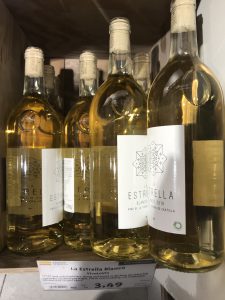
Finally, our absolute favorite: milk on the tab. You bring your own bottle or you get one from the shop and fill it with milk. You measure the bottle before and afterwards, so that you pay only for the amount of the milk, not also for the weight of the bottle.

Another shop we visited a few times was the Original Unverpackt shop. This one was a bit pricey, but it was a good choice for oil on the tab. Bio Company did not offer this. It also has a large offer for unpacked toilet paper, shampoo, and washing detergent.
2. Have a plastic-free month by bringing your own boxes to the supermarket
This was super easy! We went to our local supermarket and asked the people to give us “200 grams of that cheese over there” and put it in our box. We later noticed that they are even encouraging people to do this – as there was a sign clearly stating that they welcome personal boxes. It is so much better than buying a 100 gram pack of sliced cheese, and then just throwing away that plastic envelope in no time.
The same holds for meat or ham. Of course, if you really want to live environmentally friendly, it is better to limit your meat consumption, as I explained in this post. Nevertheless, if you want to treat yourself once in a while – do it this way. Packing this way is probably one of the actions that I would like to keep on doing and turn it into a habit.
3. Have a plastic-free month by having home-made pasta and yogurt
Thank you Felix for wanting to do this. I love yogurt, but I would be too uninterested to try to make it myself. Which means: I will avoid it as long as possible, until I give up and buy it in a plastic box.
A lot of pasta is also packed, but you can find some in the unpacked shops. However, Felix decided to make pasta for us firstly because he wanted to try it out, secondly because it was cheaper this way, and thirdly (or I want to think so 😉 ) because he wanted to impress me. He stated “this is super easy, took me seven minutes”, but since I did not measure the time, I cannot guarantee with absolute certainty that this is true. If you are interested, just get a recipe online and try it out.
4. Have a plastic-free month by getting fruits and vegetables either from an open market or the local supermarket
This is an obvious one. Avoid the fruits put into a cardboard box and then covered with a plastic foil. Or the 200 grams tomatoes, the 500 grams lettuce, the 1 kg carrots and… the list is endless. Buy unpacked. Look at the compared images below. These products were next to one another in the supermarket. If you think the taste is not so good, try local markets – they usually offer local products and in this way you also avoid CO2 emissions due to shipment or maybe even the usage of fertilizers.
5. Have a plastic-free month by finding suitable package substitutes – such as paper or (from time to time) aluminum-can packaging
Some products are packed in an acceptable manner for me. This includes snacks and oats in paper packs, or olives, fish, artichokes etc. in can packages. Aluminum is easy to be recycled and the process does not take much energy, BUT the first production does. Therefore, I use the wording from “time to time” in order to raise the awareness that if you can avoid aluminum for short-term purposes – you should. The recycling of aluminum becomes increasingly complex if the product is a mixture of two or more alloys, because unless you separate them, the quality of the recycled product diminishes. If you are interested a bit more about the reusing of this metal, check this post.
6. Have a plastic-free month by visiting flea markets
Excellent way not only to avoid plastic, but also to avoid constantly purchasing new products which take a lot of energy to be produced in the first place. The flea markets nowadays are not only about god-forsaken, rusty or dusty objects that have no purpose, but they are increasingly becoming low-carbon hubs that boost your mood, creativity, and environmental awareness. Ranging from home-made drinks and food, to bio cotton clothes (either new or second hand), to wooden bookmarks or soap shampoos – these markets offer you the chance to live more environmentally friendly without much fuzz, but with lots of fun.
Now, I must be honest: Berlin is truly the place to be, and when it comes to flea markets, I doubt that there is any city that has a better choice. Nevertheless, they are becoming more popular, so unless you are traveling to Berlin any time soon, watch out for some in your town or city. I am sure you will find some.
7. Have a plastic-free month by thinking in advance
If you are prepared, you will not fall into the temptation to purchase plastic. If I had taken my thermo cup last Thursday, I could have easily asked for my coffee to be filled in it. Thus, before you are doing your next shopping, do the following:
- Create a grocery list to help you organize yourself. Think which product you get from which shop and from which aisle in the shop and head there confidently. In this way, you will avoid forgetting stuff or going back twice to the same shop.
- Take cotton bags or your backpack to avoid the need to get bags to carry your groceries at home
- Take containers to pack those groceries that are measured by the kilo
- Cook at home in order to avoid buying take away food and drinks during your lunch break. Desserts are especially tricky if you have a sweet tooth, since most of the chocolate or candies are packed in plastic. Prepare your own cakes or cookies – it is fun, healthier, and good for the environment.
- Use your own water bottle, thermos, and thermos cup in order to stay hydrated
The challenges and future outlook
We did not have the need to buy new cleaning or personal-hygiene products, since we had many left from before. However, I wonder how a zero-waste life would look like. Think: tooth brushes, tooth paste, cleaning detergents, shower gel, and shampoo. Now, some of them are certainly easy to be found unpacked or packed in plastic. I mentioned the shampoo as well as that the unpacked shops also offer a variety of soaps and cleaning detergents. However, there is still no fully plastic-free tooth brush. There are many bamboo ones, but the fibers always contain plastic.
Let’s continue the list. Pens. Presents for your loved ones. Clothes. Shoes. Bags and suitcases. Sports equipment. Technological gadgets. Home decoration. Storage boxes. Products A to Z – plastic is all around us! In a way, it revolutionized the way we live and avoiding it all together is truly hard. However, the main question you need to ask yourself is: how long am I going to use this plastic product? If you are getting it and throwing it away right away – it cannot be a good option!
Another point is of course the price. Sadly, not many people can afford to spend more money on a product just because it is unpacked. Some are affordable, some not.
Then comes the time-consuming part. It is certainly much easier to enter one shop, quickly get your favorite products, and go home. We are all busy, and we want to have as much as free time as possible. Not many want to spend it by going from one shop to another, but I believe if you spend a little bit time to organize yourself and think about what you want to get when – it will only become easier with time.
The take-at-home message?
With slight adjustments to the ways you shop, you can radically decrease the amount of plastic you use. In this plastic-free month, Felix and I barely collected one bin of plastic waste, which made us realize that the major part of our short-term usage plastic consumption comes from our groceries!
I would encourage everyone to try to be more conscious about their shopping behavior. To not think selfishly and only about their convenience, but also about how his actions influence other countries, other people, and other species – such as those living in the ocean.
Last, but not least, I hope I managed to inspire you even a bit. If you have comments, ideas, or questions regarding how to decrease the usage of plastic, please feel free to share them with me.



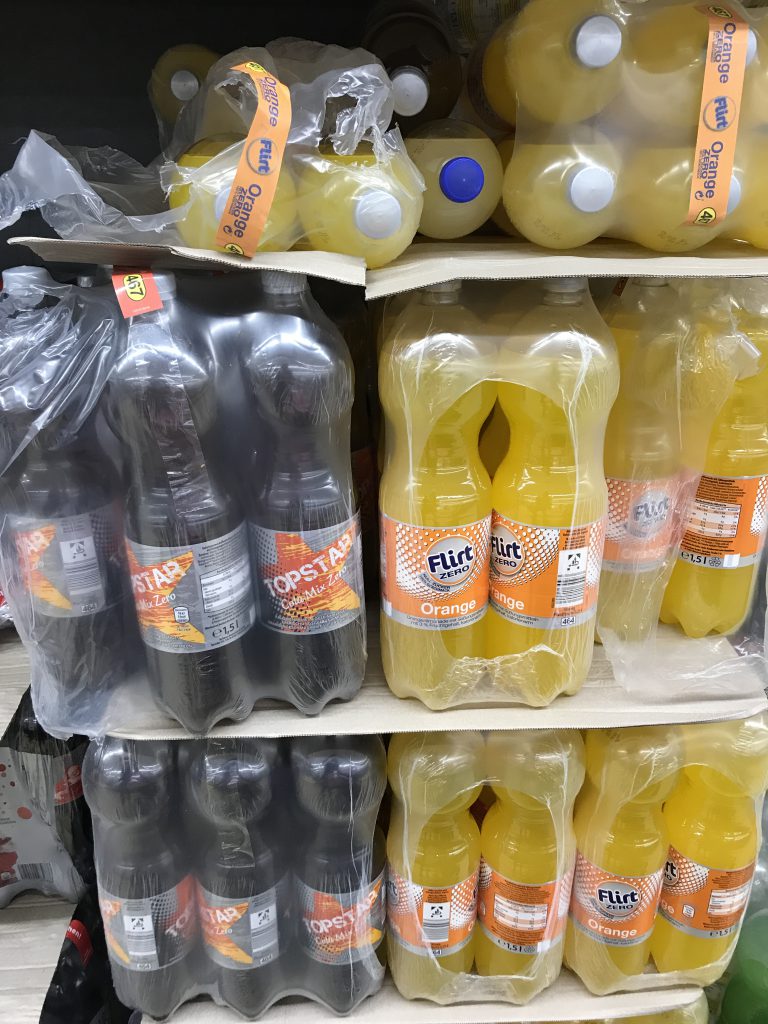

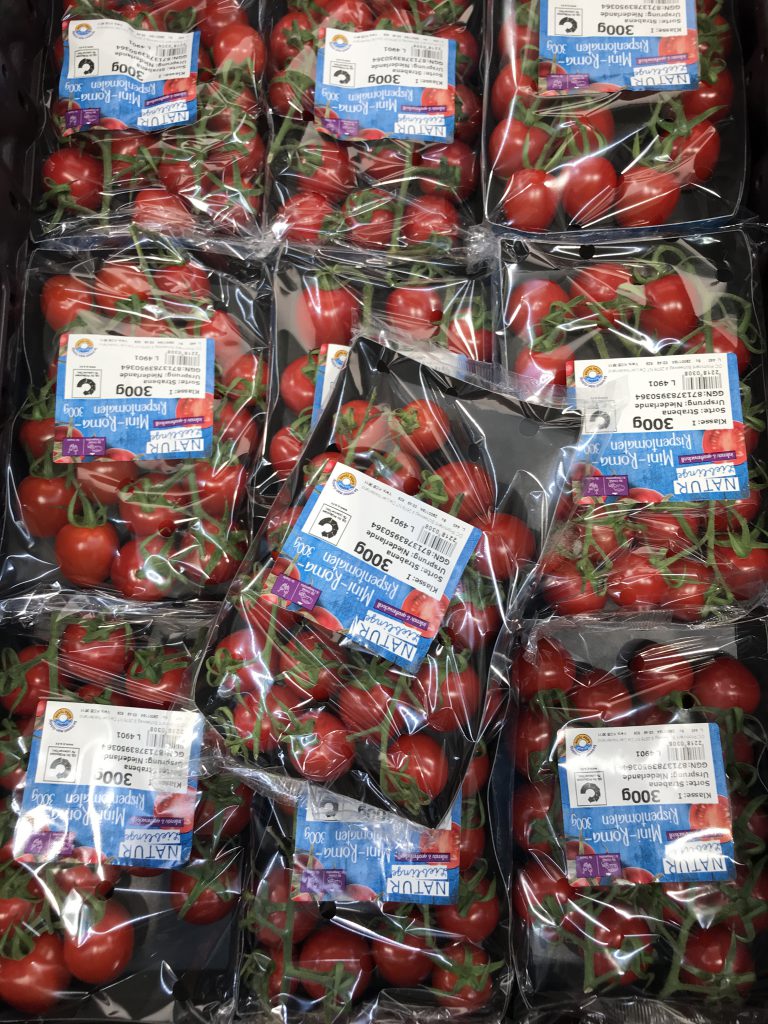

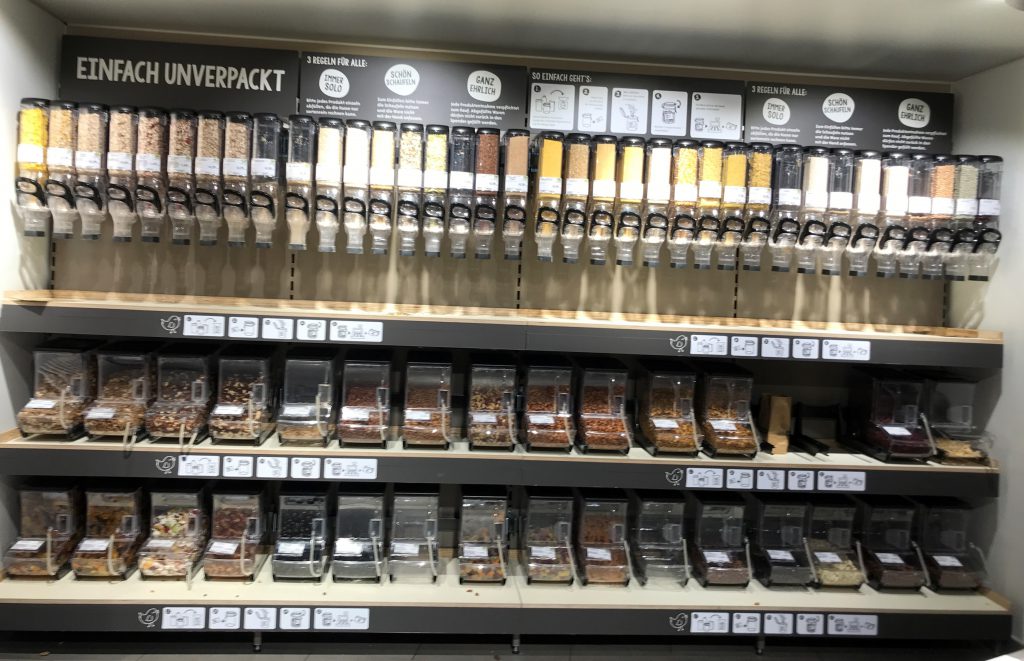
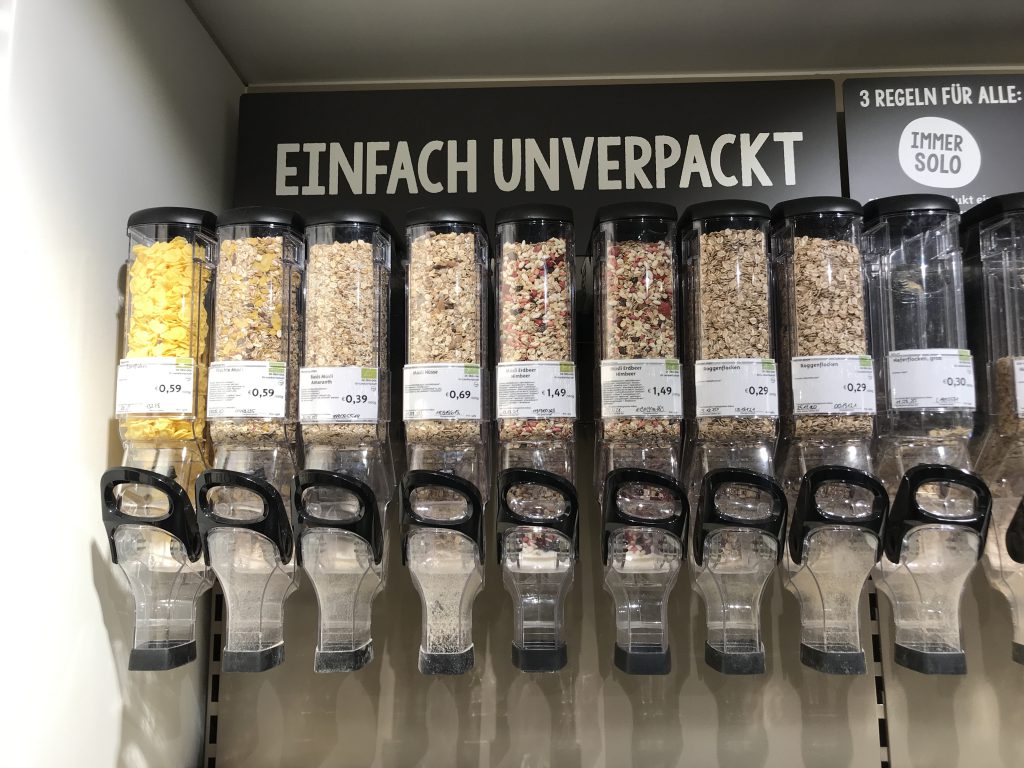
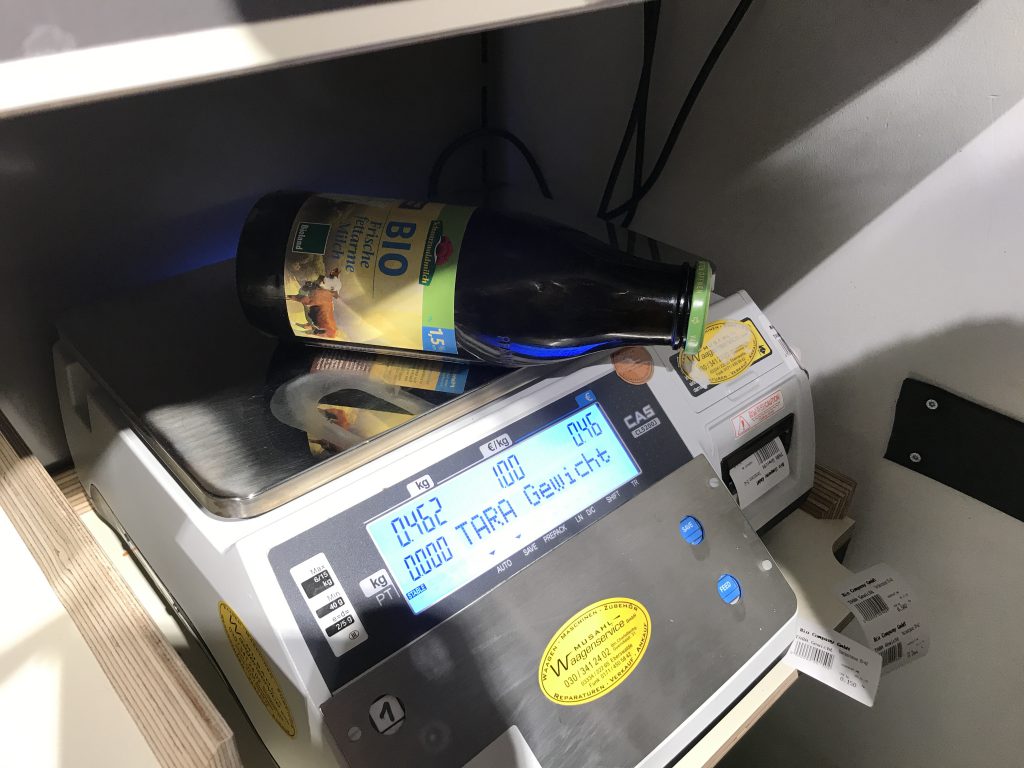
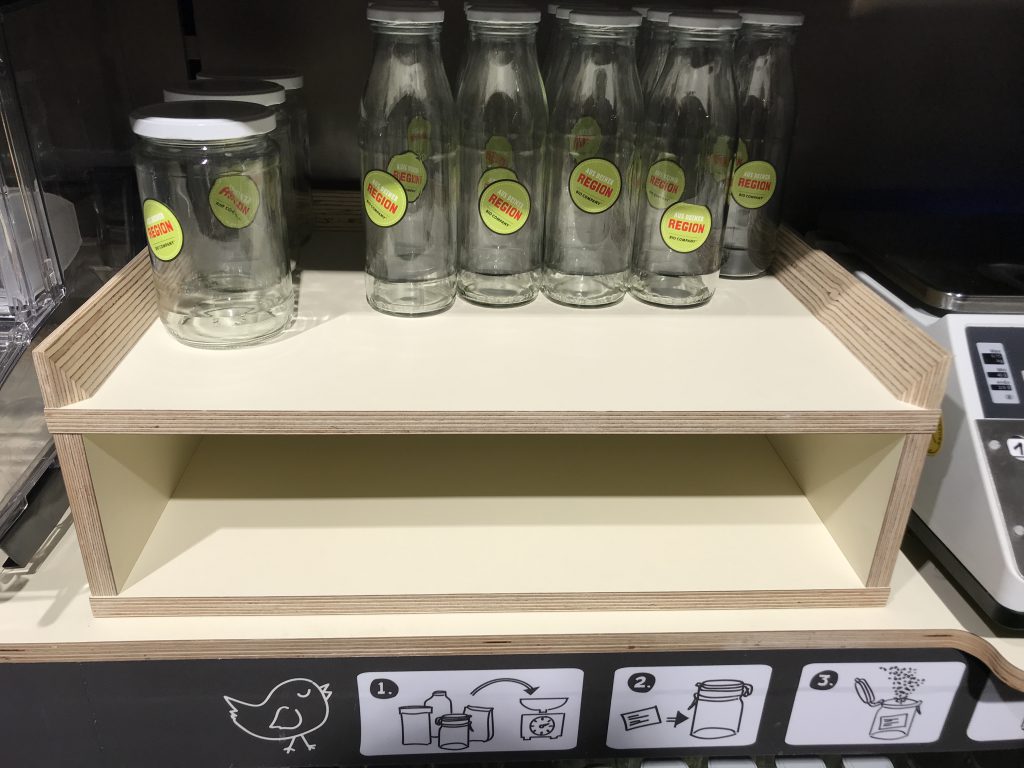
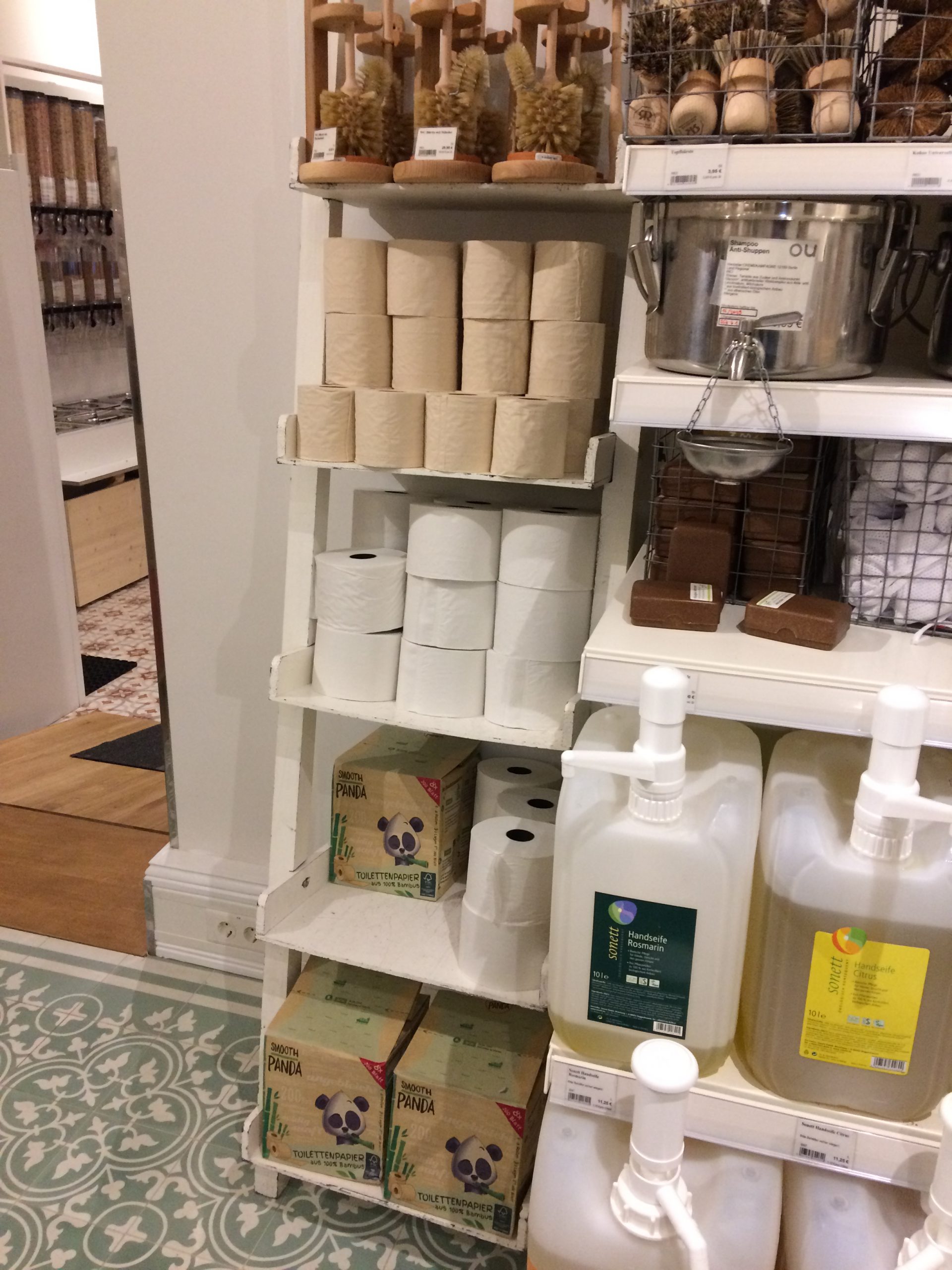
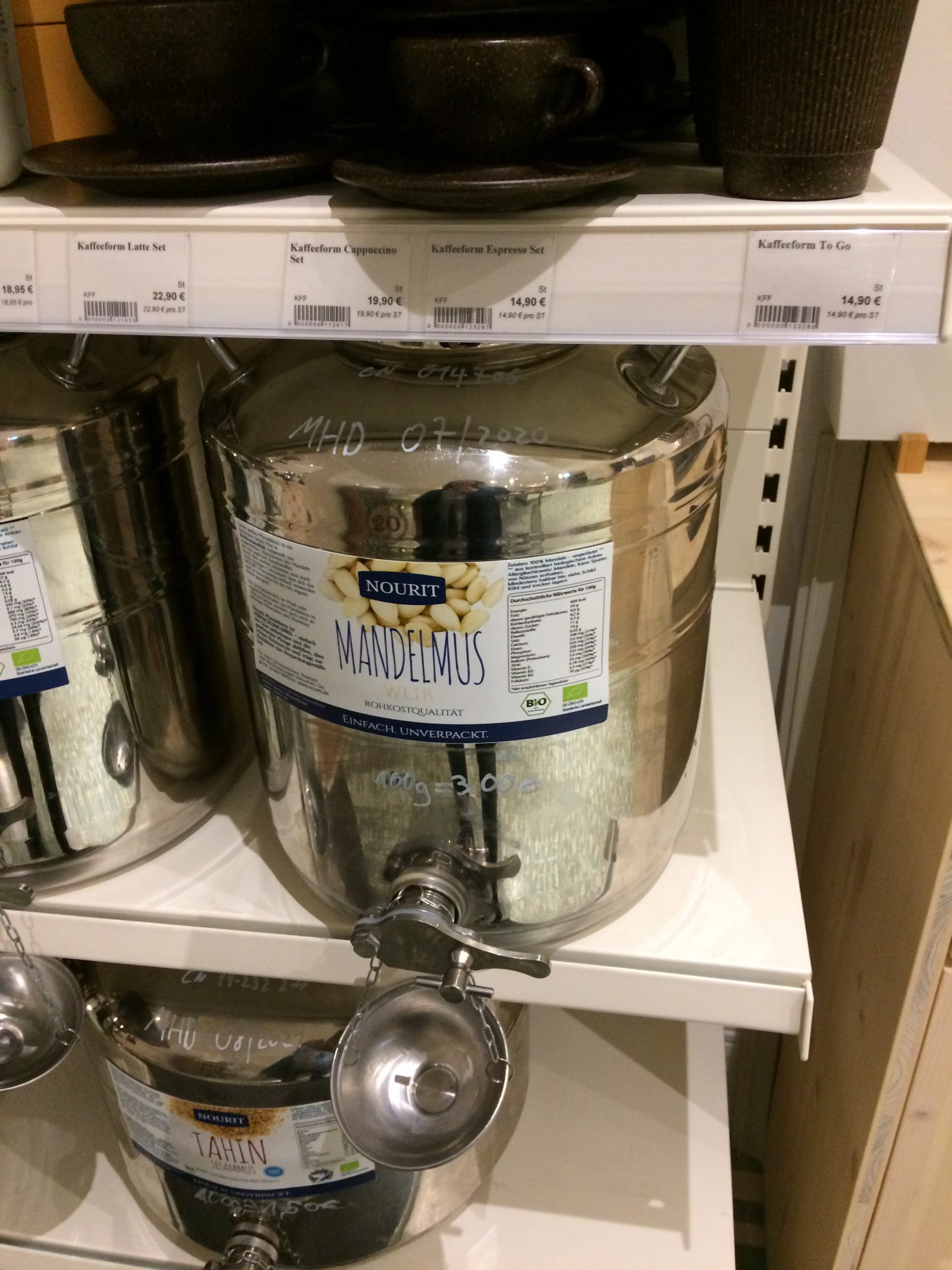
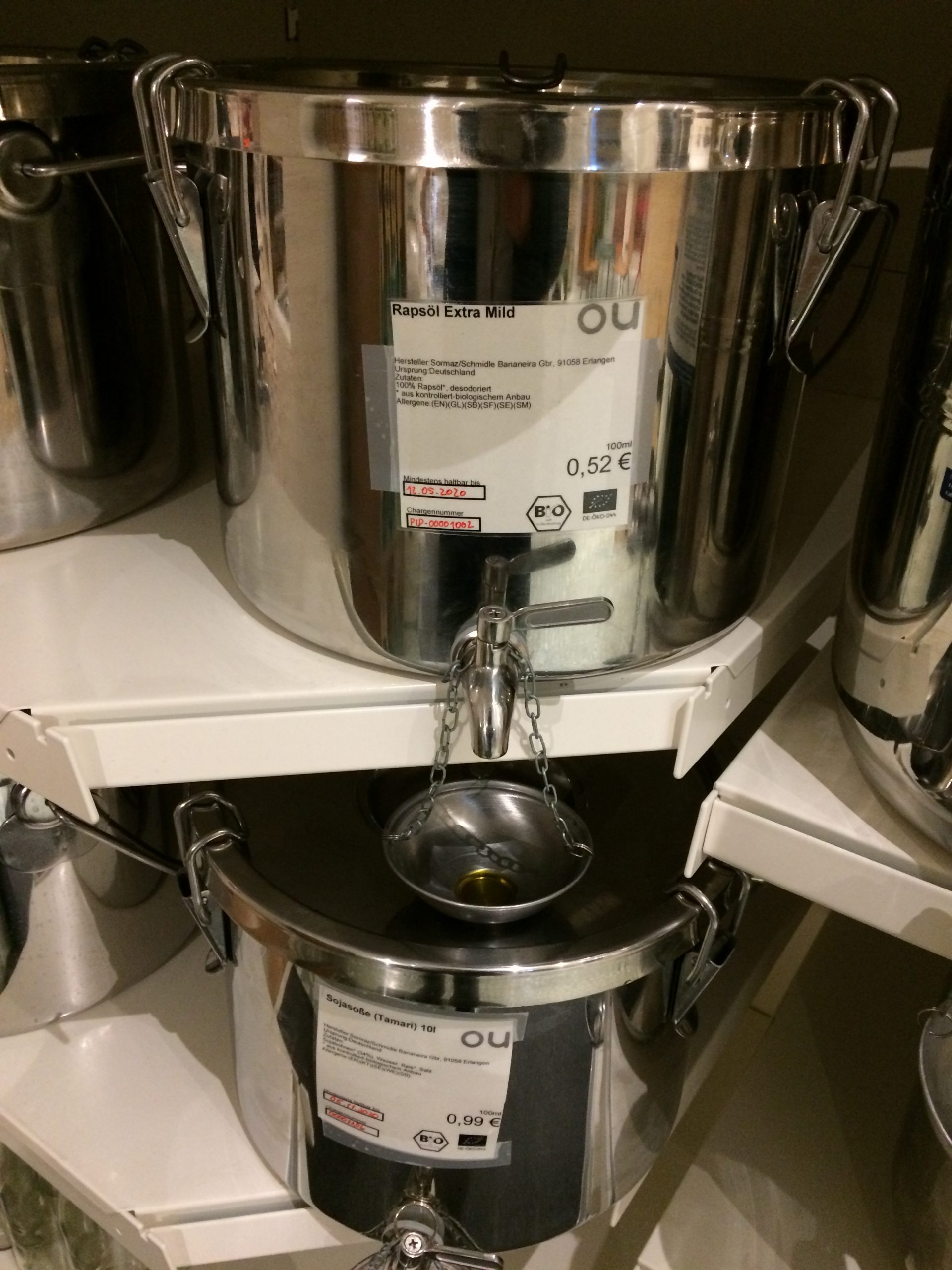

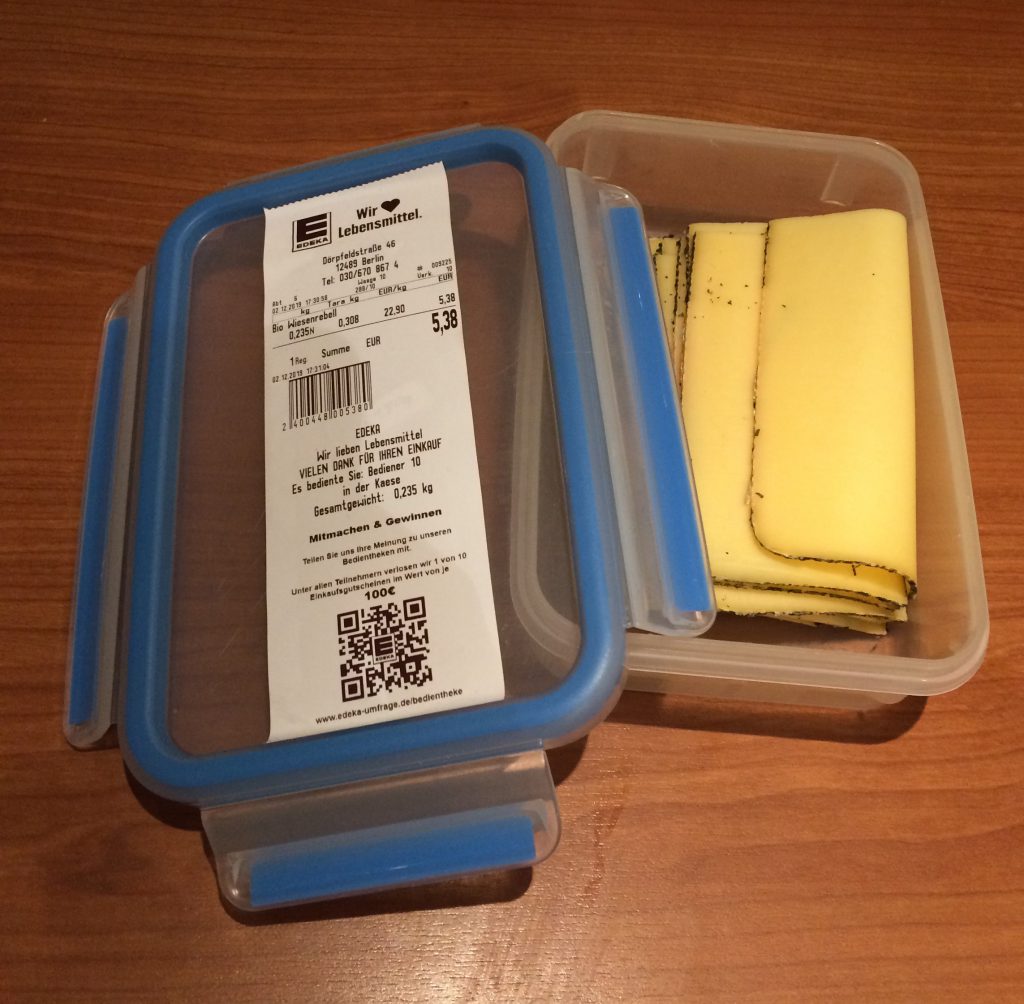
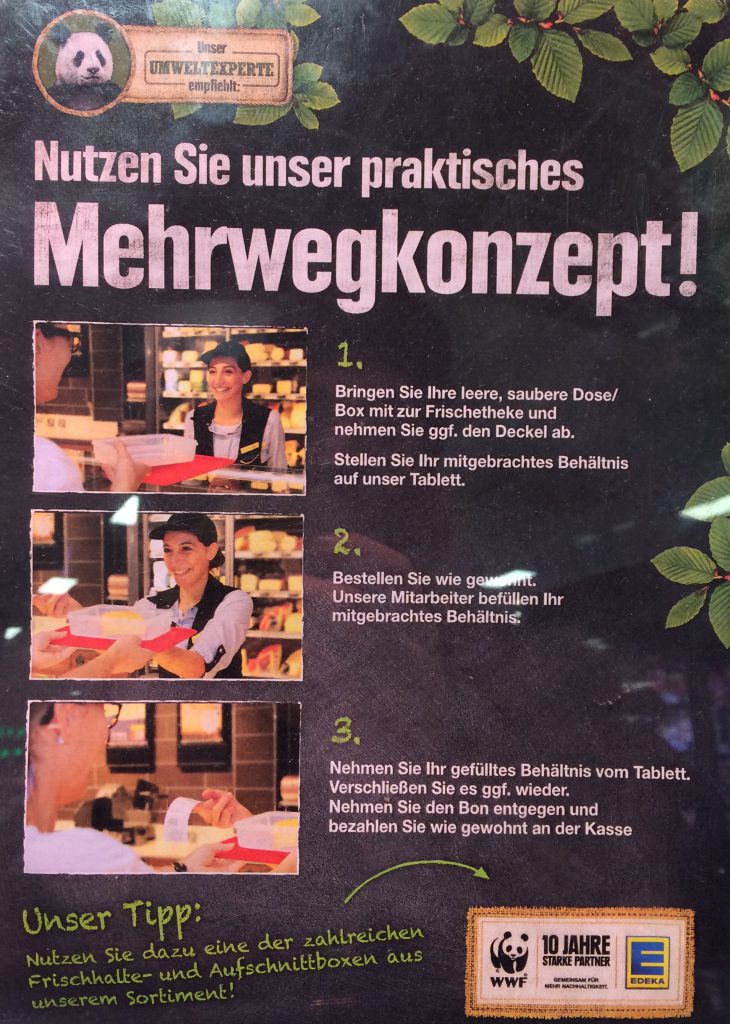
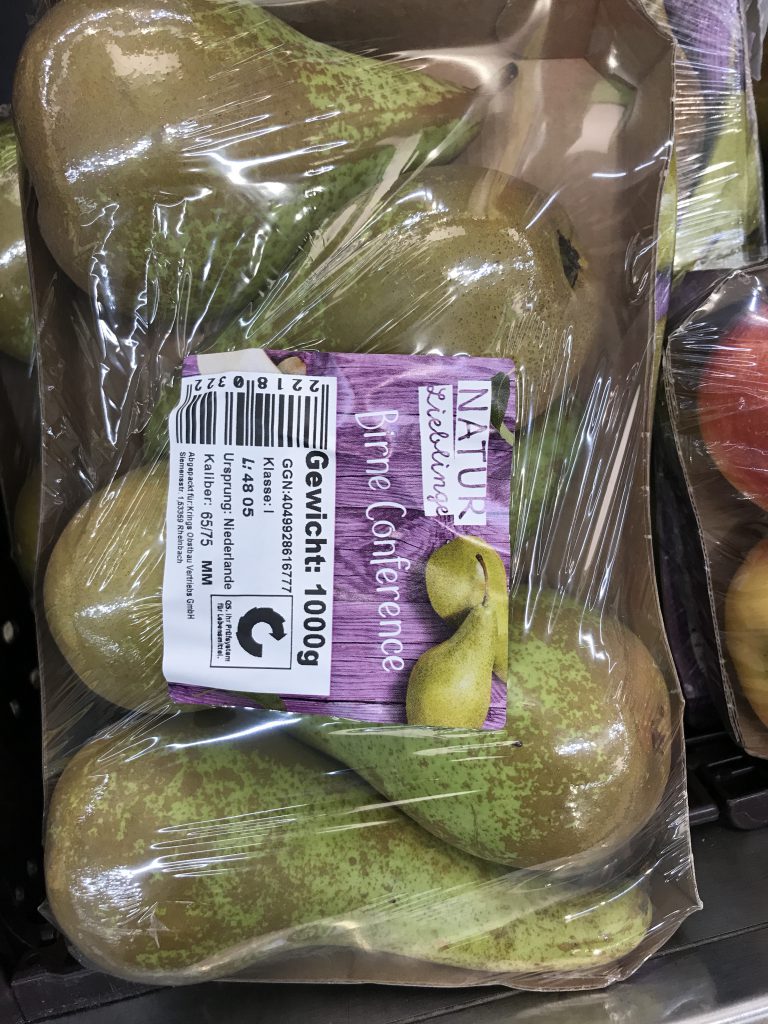
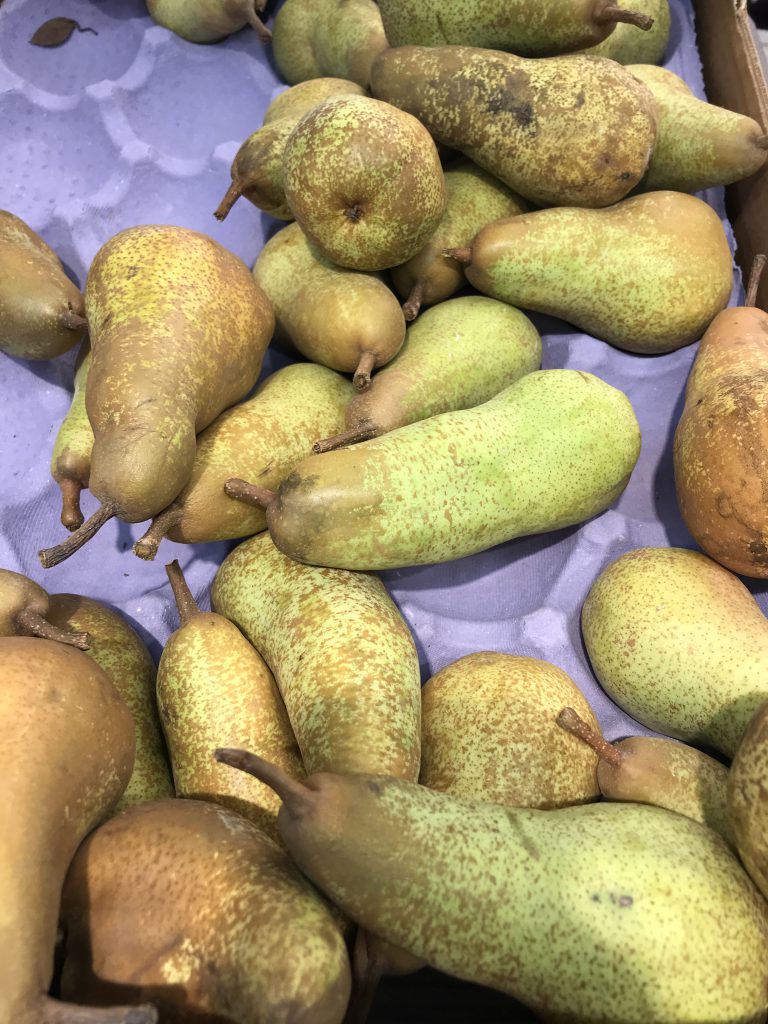
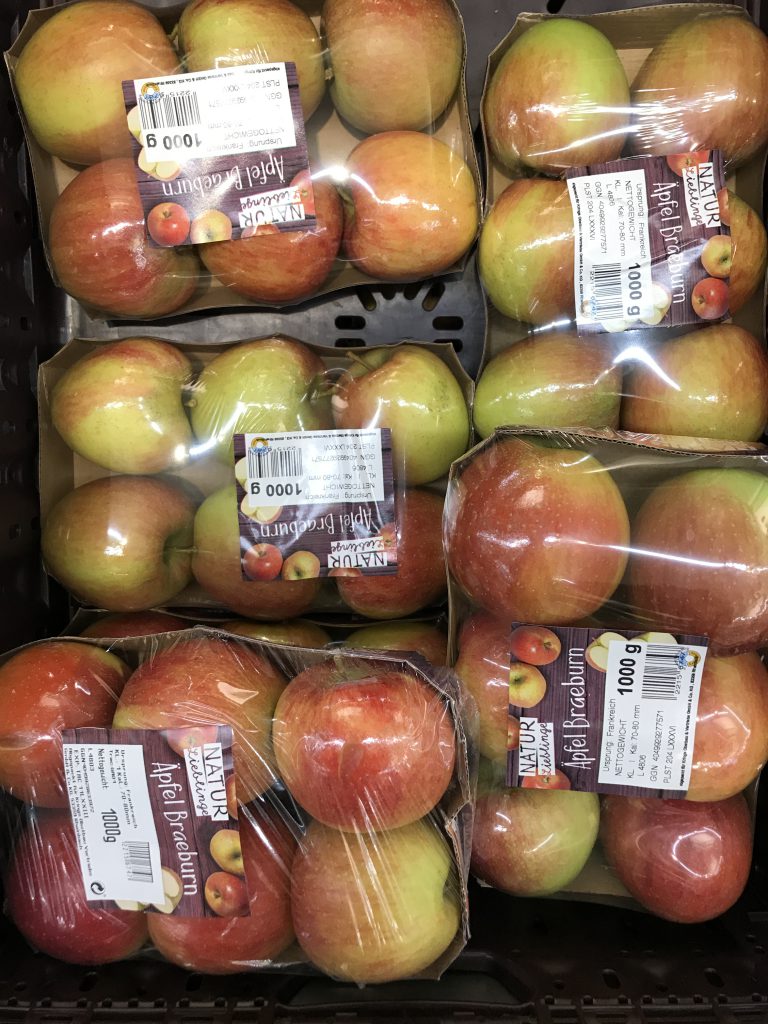
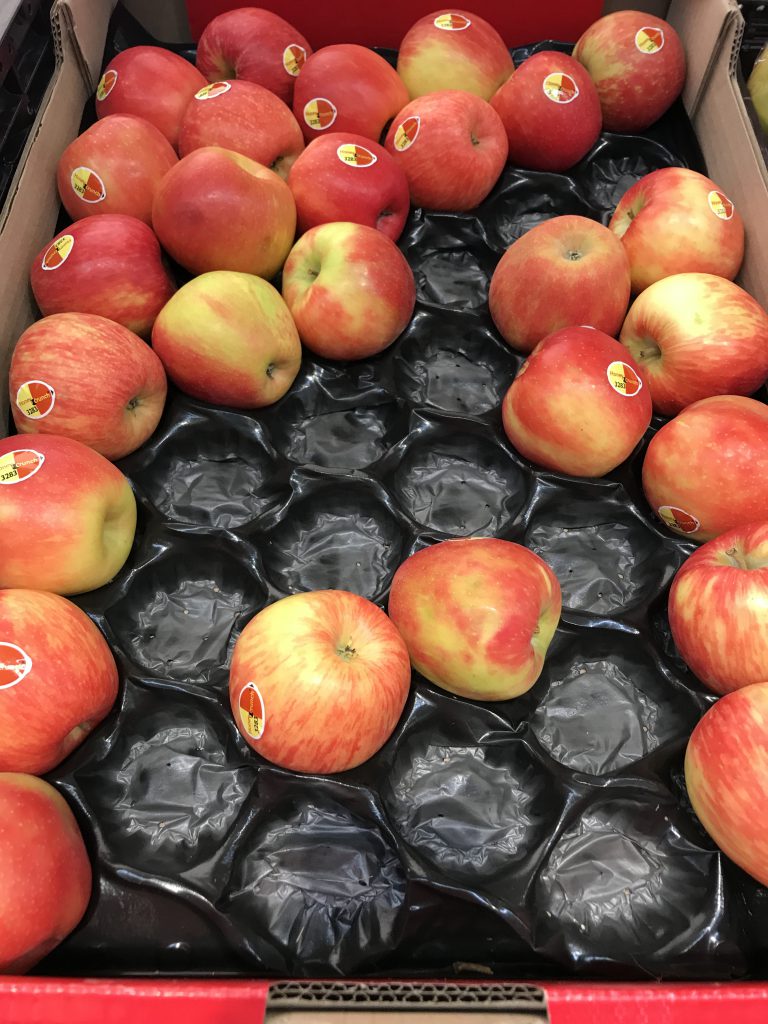
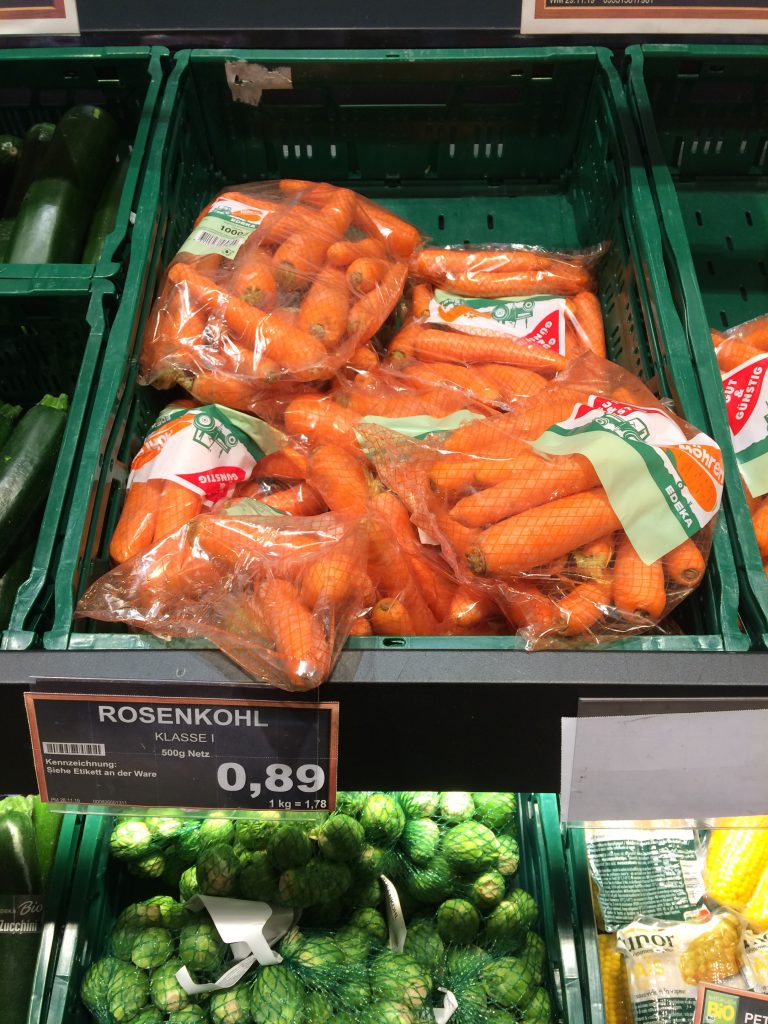
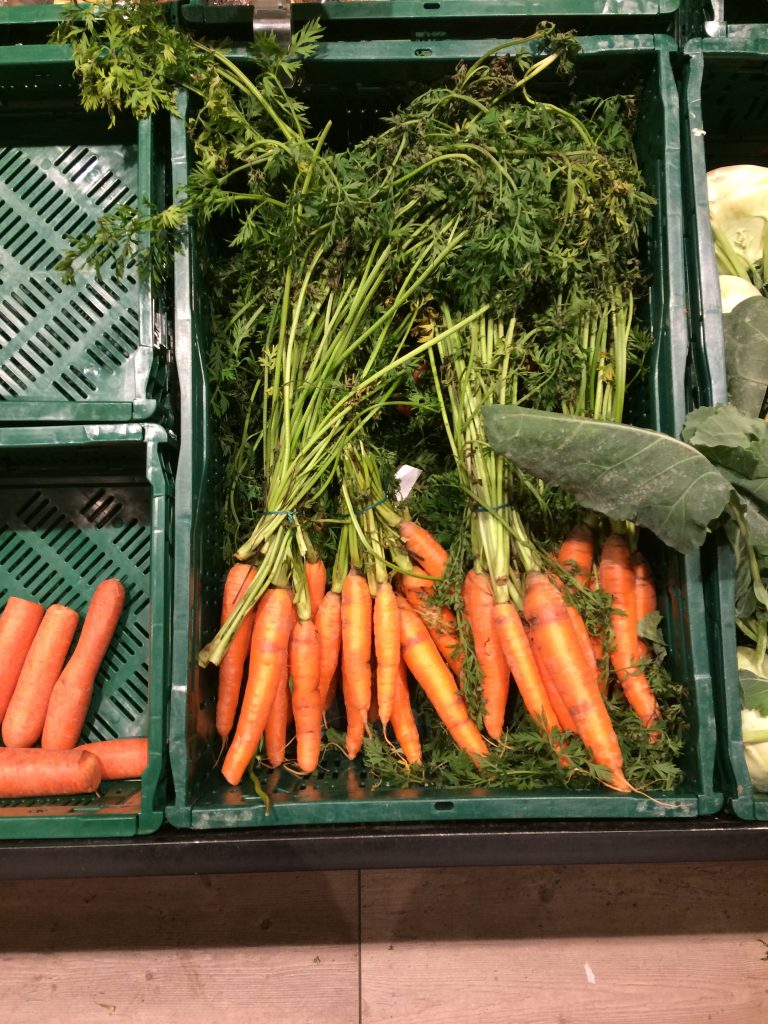
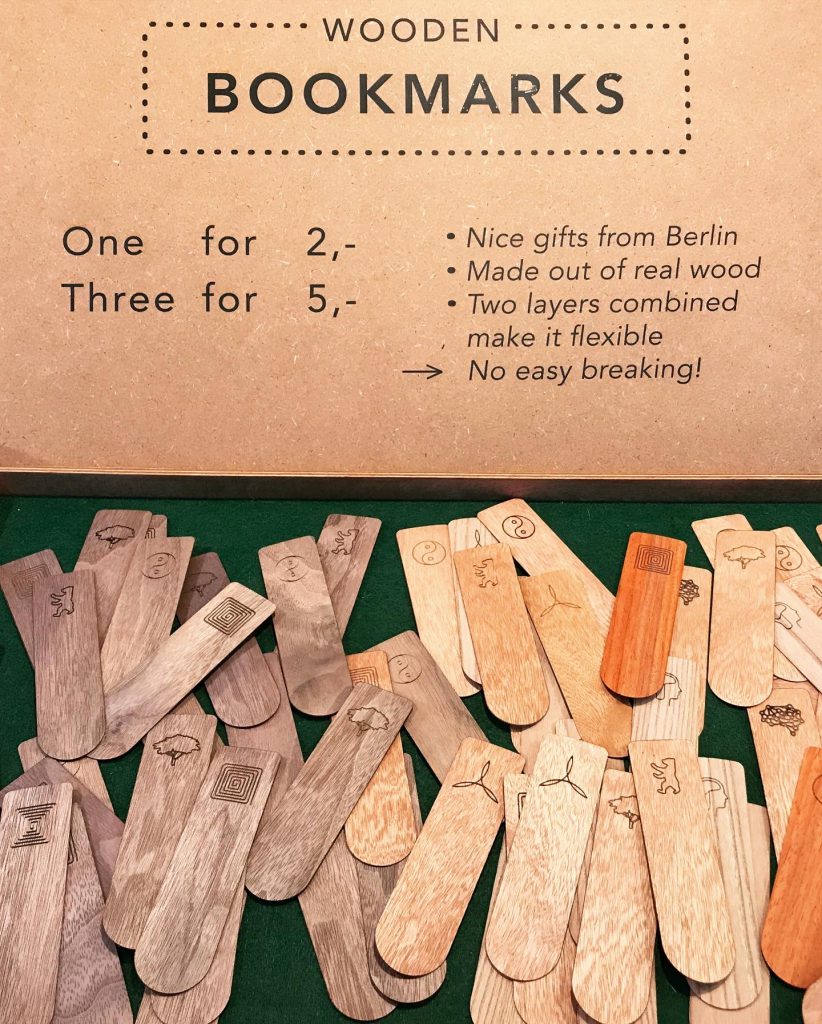
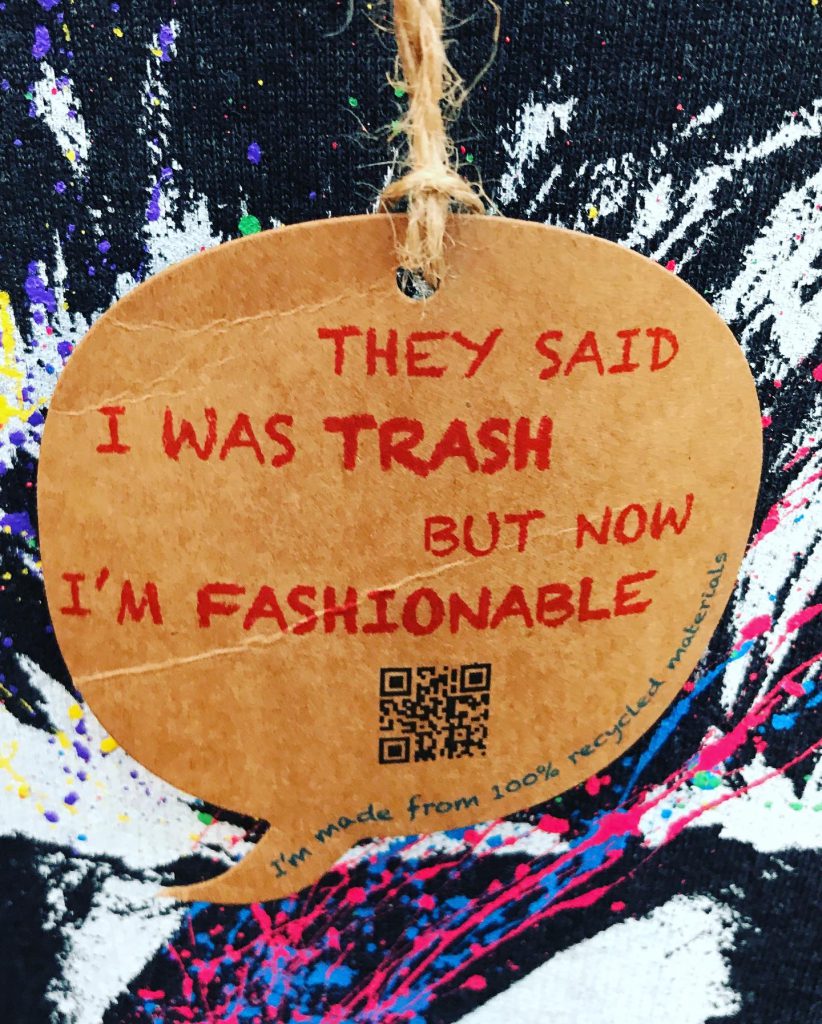
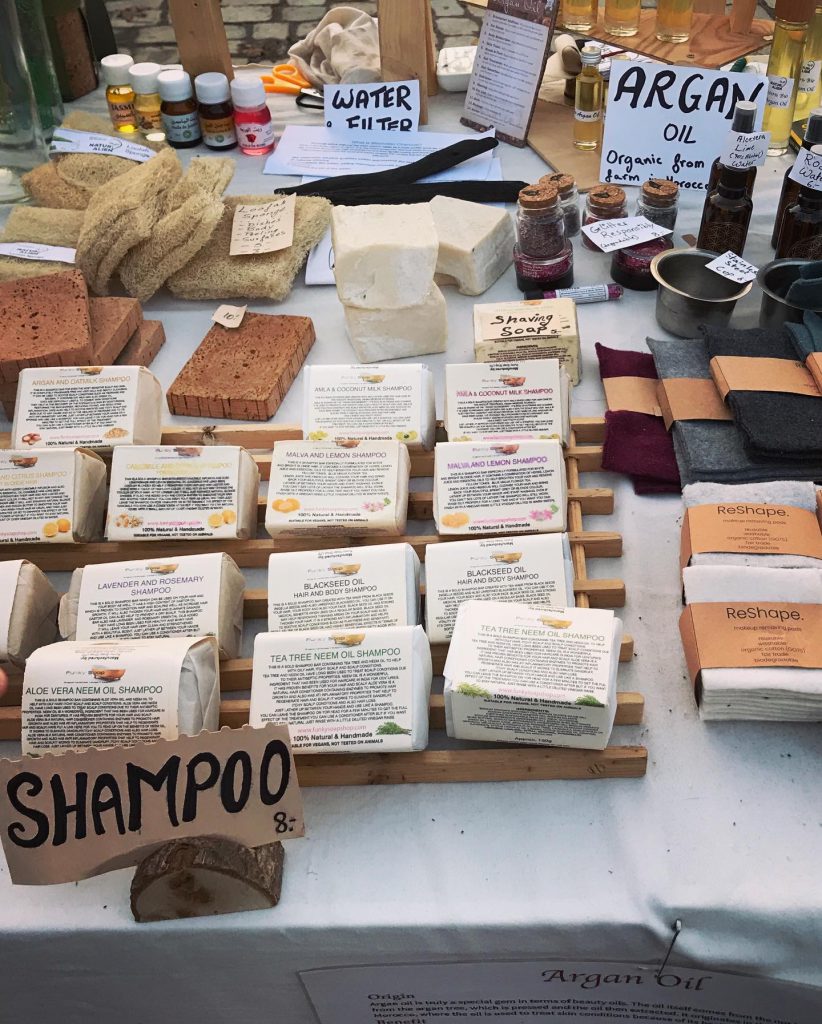
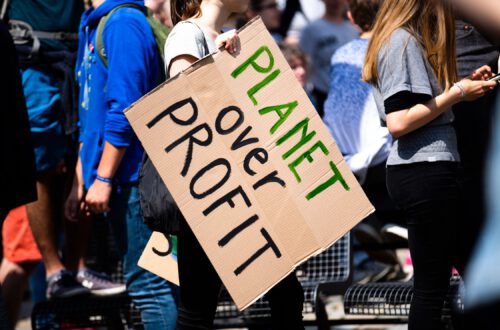
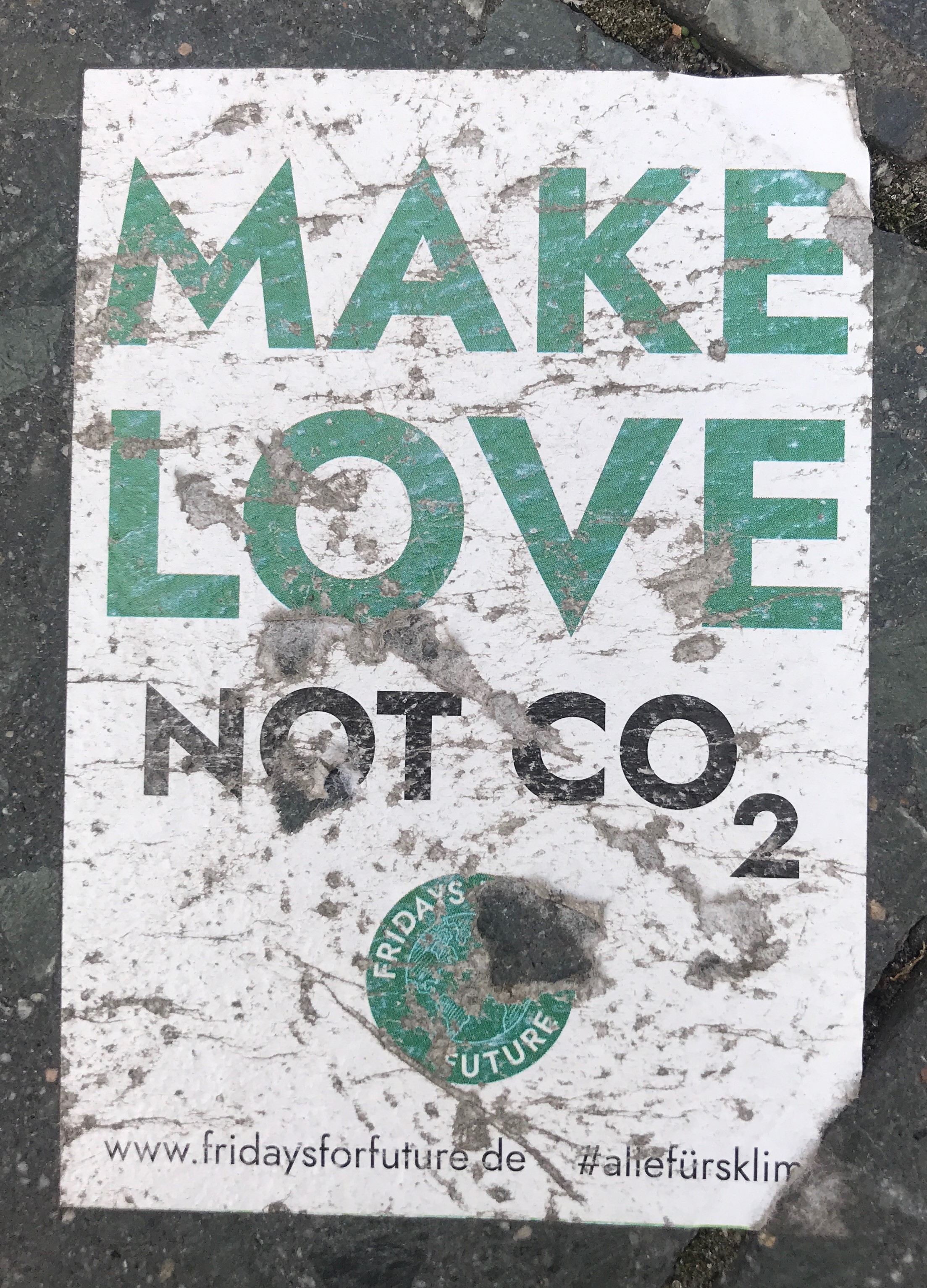

2 Comments
Тања
Одлично четиво.
Pingback: